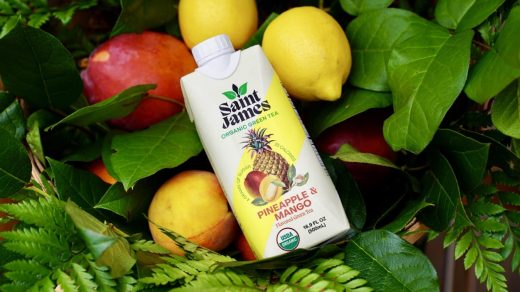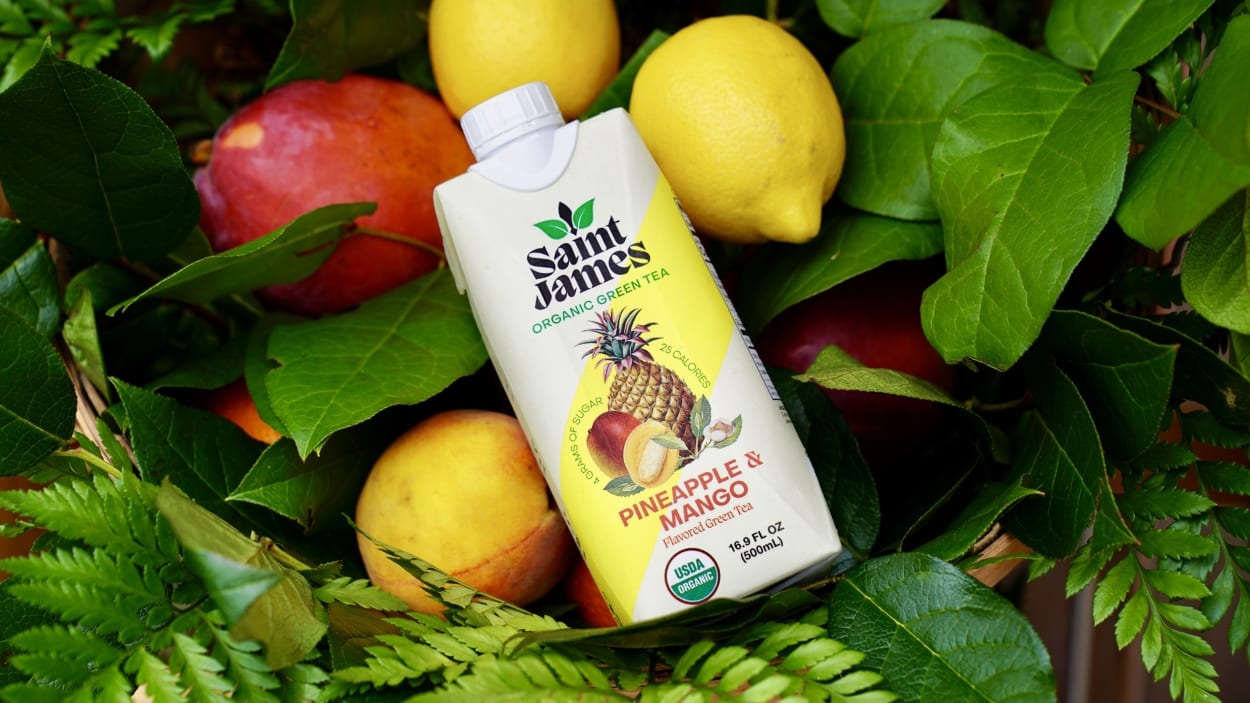This iced tea wants to be the better-for-you, no-plastic, go-to drink for Gen Z
By Michael Callahan
Legend has it that iced tea was the invention of British tea merchant Richard Blechynden, who at the 1904 World’s Fair in St. Louis conjured the idea of an iced version of his hot tea that would appeal to sweltering visitors strolling the fairgrounds. While Blechynden’s chilled drink did, in fact, widely popularize the beverage in the United States, iced tea itself dated back at least a century earlier, when cookbooks began featuring recipes for cold green tea punch.
Today iced tea is a $56 billion global business, one expected to balloon to $75 billion in the next five years. In the U.S., the ready-to-drink iced tea sector is dominated by varieties proffered by Coca-Cola, Snapple, and AriZona, the latter cofounded by John Ferolito in 1971 and which today generates annual revenue of $3 billion. Now—in a move that carries echoes of the late Reuben Mattus, who in 1992 took on Häagen-Dazs, the ice cream behemoth he created in 1961 and later sold to Pillsbury—Ferolito is aiming to fell the giant he created. He’s the deep pockets behind the upstart Saint James Tea, a new line of organic, flavored iced teas launched last year. He hopes to do something eyebrow-raising for the cooling beverage: He wants to make iced tea . . . sexy.
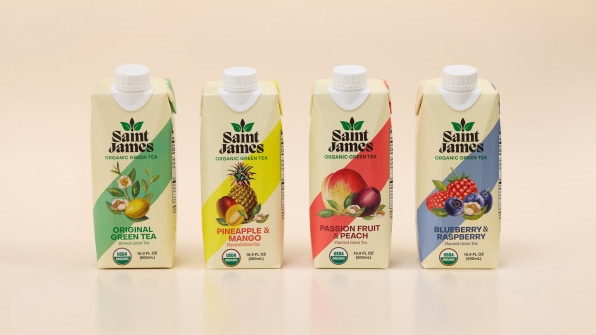
Itching to get back into the game (he relinquished his stake in AriZona after an acrimonious split with his cofounder in 2012), Ferolito says he saw a void in the market for “a product with a focus on health, wellness, and sustainability” that would appeal to a younger demographic (read: Gen Z) that scans ingredient labels like a CSI technician. “Plus,” he jokes, “Saint James just sounds better than AriZona.”
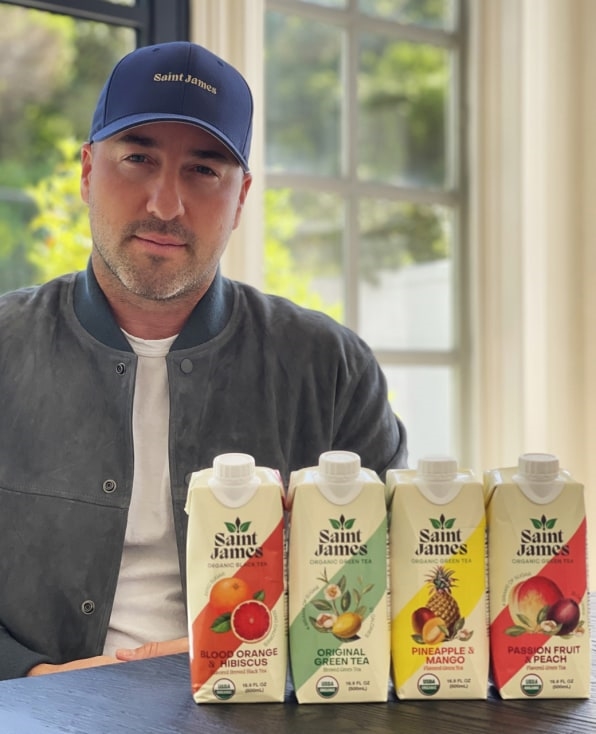
With Saint James, headquartered in Boca Raton and named for a clergyman who mentored Ferolito as a young man, the veteran entrepreneur is betting that today’s eco-conscious, sustainability-minded younger consumers will guzzle Saint James’s premium teas in order to enjoy something that’s both untainted by additives and sold in biodegradable Tetra Pak packaging. (Bonus: Tetra Pak also allows Saint James to last twice as long on the shelves as its plastic-bottled competitors.) To turn this vision into reality, Ferolito tapped Brad Neumann, 38, a Los Angeles–based veteran of sales and marketing for Red Bull and Anheuser-Busch, as Saint James’s president and cofounder. Their goal: to build a $50 million business within the next three to four years.
“We’ve seen this shift in the beverage category over the past couple of years for emerging brands and ‘better for you’ products,” Neumann says. “People are drinking healthier products—and they want to know what’s in the product just as much as what the flavor is. They’re starting to read the label on the back, and they don’t want to see words they can’t understand, or that they’ve never seen before. Coupling that with a shift in both the consumer and retail mindset against single-use plastic, we saw a void [in the market].”
Sustainability is a key part of Saint James’s marketing. But perhaps just as important is its aggressive brand positioning as a premium product—in effect, the Tiffany of iced teas—to draw in the young, female consumer who represents more than two-thirds of its current customer base. “I’m not an eight-dollar kombucha or green juice, but I’m not a 99-cent iced tea,” Neumann says, adding that his target is someone who “wants to be associated with high-end luxury brands and really cares about their overall health and wellness. Our core customer is that Alo Yoga, Lululemon shopper.”
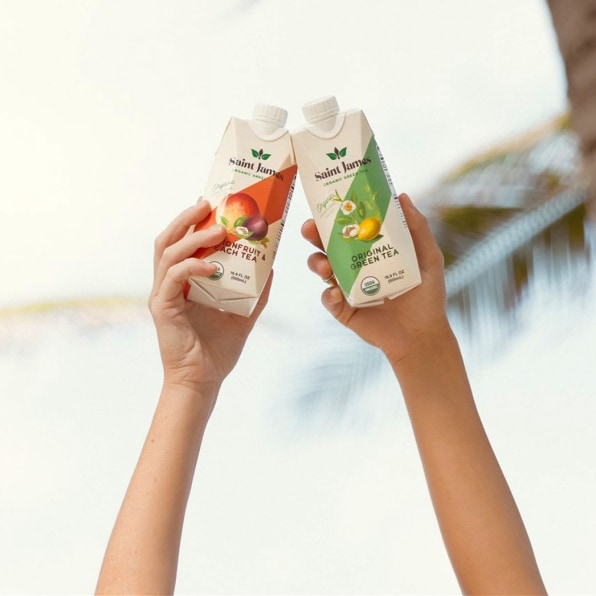
To gain luxe bona fides, Saint James has struck brand partnerships with such high-toned entities as Coachella and Soho House, as well as the St. Regis, SLS, Faena, and Waldorf Astoria hotel chains. Now comes the bigger challenge: marketing its teas—flavors include blueberry and raspberry, passion fruit and peach, and green, with more coming—to the, shall we say, less Hamptons-esque parts of the country. This year, Saint James has begun retailing in ShopRite, Walmart, Costco, and Albertsons, with a target of $8 million to $10 million in sales. It aims to be in 12,000 stores by the end of 2024, including Target, Whole Foods, Kroger, CVS, Walgreens, and . . . 7-Eleven. 7-Eleven?
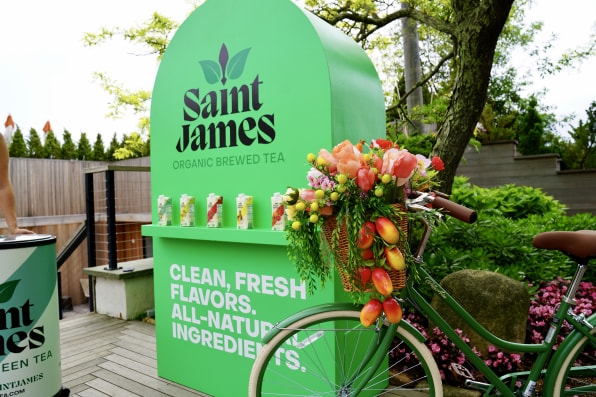
Neumann acknowledges the disconnect between Saint James’s tony brand identity and some of those retailers. “This is actually a great opportunity for our brand, to see how it does en masse,” he says. “We just recently launched Walmart in about 700 stores across the country. And, full transparency, we are going to have to learn in real time how to market to that customer. The brand is built on coastal marketing activations. So how we market inside the country—and at those retailers—is completely different.” To wit: direct mailers, social media promotions, digital coupons, even television commercials. Maybe it isn’t such a stretch. After all, he says, you can buy a Starbucks latte in Walmart. “There still is that aspirational consumer at those retailers,” he says.
Neumann acknowledges that the Liptons and Pure Leafs of the world aren’t throwing out the welcome mat. (“This business is very cutthroat,” he says.) But by positioning itself as the sleek new flavor in iced tea, Saint James aims to combine the agility and brashness of a startup with the familiarity and tastiness of an all-American product to disrupt the market. “The big guys are not good at innovating. They are not good at creating cool brands,” Neumann says of the beverage industry’s behemoths. It’s why, he says, they’re constantly gobbling up smaller operations.
Like . . . his? He laughs. “You know, you never want to start a business with an end result already ready to go,” he says. “So I’m not going to answer that one way or another.” As Neumann is well aware, succeeding in business means knowing when not to spill the tea.
(31)

